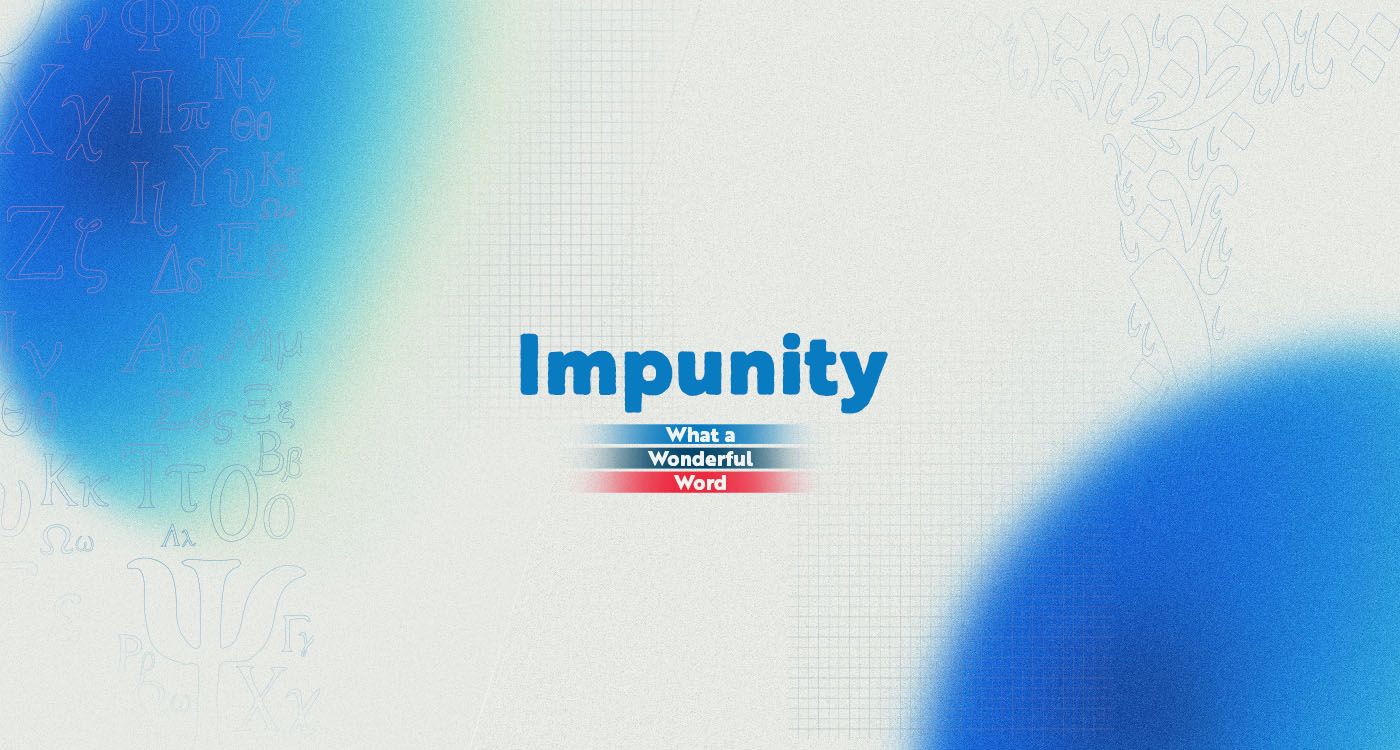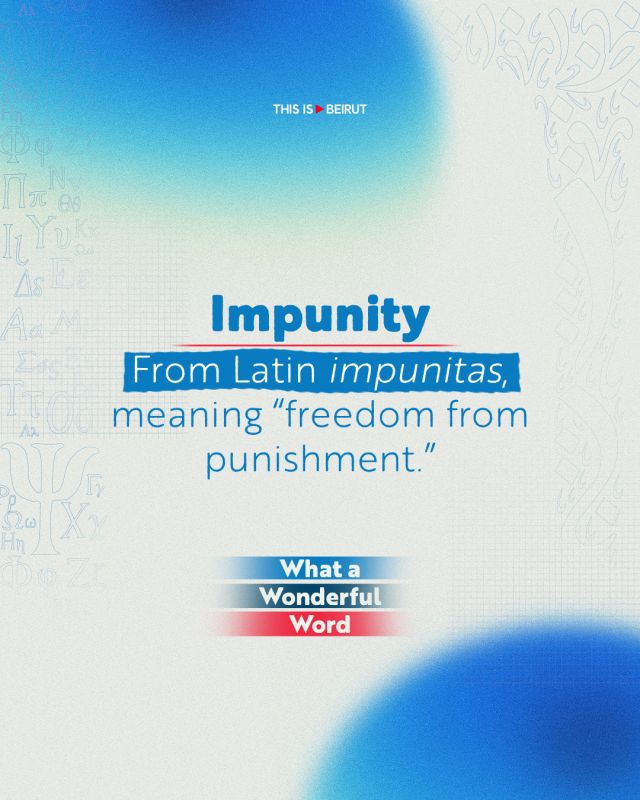
Every November 2, the world honors those who risk their lives to tell the truth. Established by the United Nations, the International Day to End Impunity for Crimes Against Journalists exposes a grim fact: in 9 out of 10 cases, the killers of journalists remain unpunished. The 2025 edition warns of a new and growing threat: AI-driven, gender-based violence targeting women journalists.
Every year on November 2, the United Nations marks the International Day to End Impunity for Crimes Against Journalists (IDEI).
Between 2006 and 2024, more than 1,700 journalists were killed worldwide. In nearly 9 out of 10 cases, their killers have never been brought to justice, according to UNESCO’s Observatory of Killed Journalists. This absence of accountability fuels fear and censorship, and weakens not only the media, but also the rule of law, democracy, and public debate.
The 2025 edition of this day highlights a growing threat: gender-based violence (GBV) facilitated by artificial intelligence (AI), particularly targeting women journalists.
A Matter of Justice
The word impunity first appeared in English in the 16th century, borrowed from the Latin impunitas, meaning “freedom from punishment.” It combines the prefix in- (“not”) and poena (“punishment”). The same Latin root that gave penal, pain, and punish, itself derived from the Greek poinē, meaning “penalty” or “payment.”
From the start, impunity referred to the absence of punishment, the idea that wrongdoing could go unpunished. Oxford English Dictionary's earliest evidence for impunity is from 1532, in the writing of Thomas More, lord chancellor, humanist, and martyr.
Over time, it grew beyond its judicial meaning to embody a wider moral failure: a collective refusal to seek justice, a silence where law and conscience should speak.

Ending Impunity: A Global Fight
The International Day to End Impunity for Crimes Against Journalists was established by the United Nations General Assembly in 2013, calling on member states to “take concrete measures to combat the culture of impunity.”
The date honors Ghislaine Dupont and Claude Verlon, two French journalists murdered in Mali on November 2, 2013.
According to UNESCO’s 2024 report, Latin America and the Caribbean remain the most dangerous regions for journalists.
But killings are only the most extreme form of media censorship. Across the globe, journalists face harassment, abductions, physical assaults, and organized disinformation campaigns, all designed to intimidate and silence them.
From Physical Attacks to Digital Harassment: A Shifting Impunity
A 2021 UNESCO study revealed that 73% of women journalists have faced online threats, and one in four experienced offline assaults linked to those digital attacks.
The 2025 edition of the Day, themed “Chat GBV: Addressing Technology-Facilitated Gender-Based Violence Against Women Journalists,” focuses on a new form of danger: AI-driven gendered violence.
These threats include deepfakes, gendered disinformation, targeted surveillance, and other forms of digital intimidation that blur the boundary between virtual and real-world violence, with chilling effects on freedom of expression.
The United Nations Plan of Action: Protecting Those Who Inform
To confront this escalating violence, the United Nations launched in 2012 the UN Plan of Action on the Safety of Journalists and the Issue of Impunity. It is the first global, coordinated effort to ensure a safe and free environment for media professionals.
Since its adoption, the Plan has transformed how international institutions approach journalists’ safety. It has inspired new UN resolutions, human rights commitments, and policy frameworks, including the Secretary-General’s Call to Action for Human Rights.
Its impact is tangible. The Plan has led to the creation of national safety mechanisms in more than 50 countries, offering protection to journalists under threat and strengthening judicial follow-up of attacks. It has also fostered international coalitions of governments, media organizations, and civil society to improve prevention, cooperation, and accountability.
Integrated into the 2030 Agenda for Sustainable Development, the Plan underscores a vital truth: press freedom and journalists’ safety are inseparable from peace, democracy, and sustainable development.
To protect journalists is to defend everyone’s right to truth.



Comments